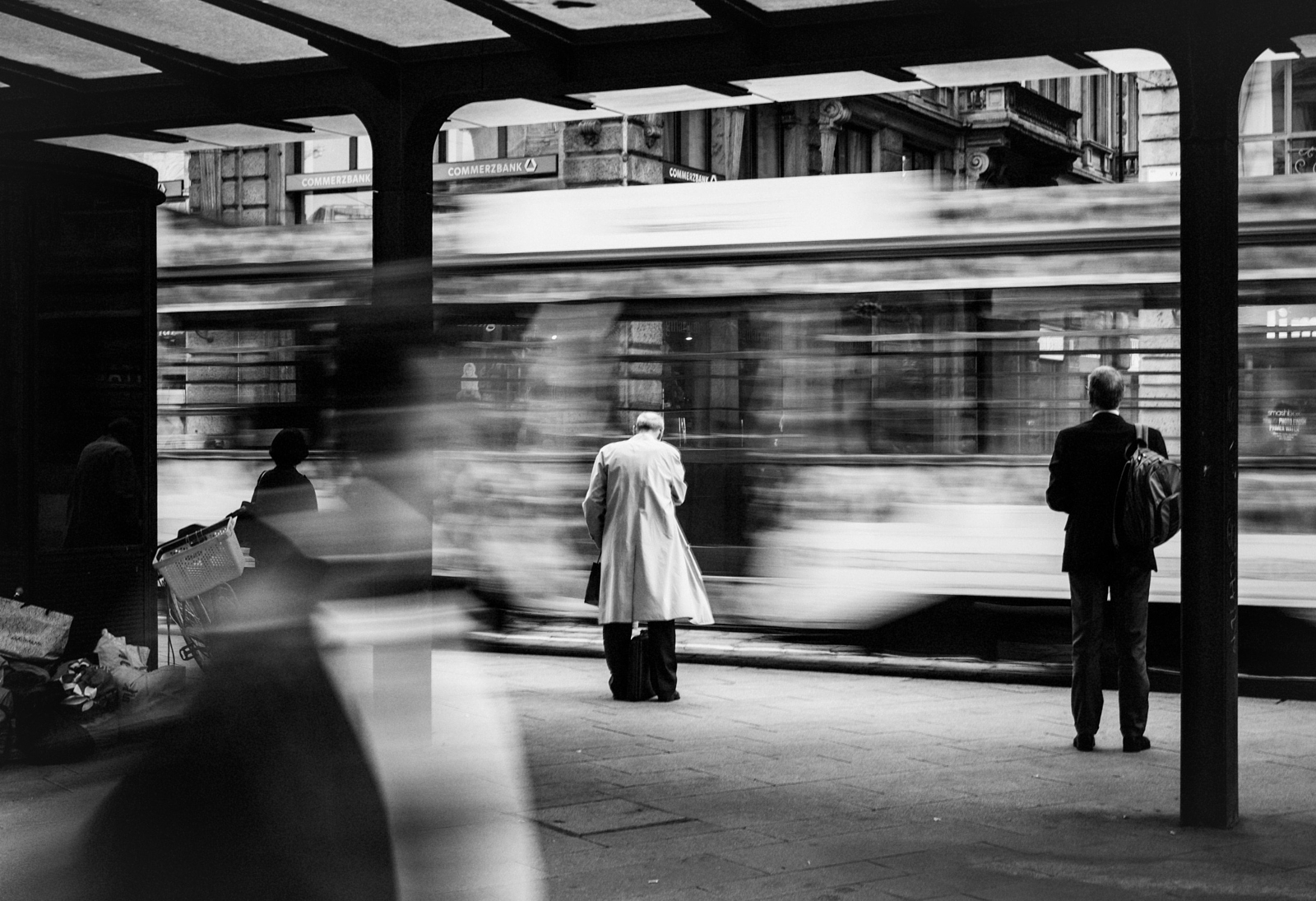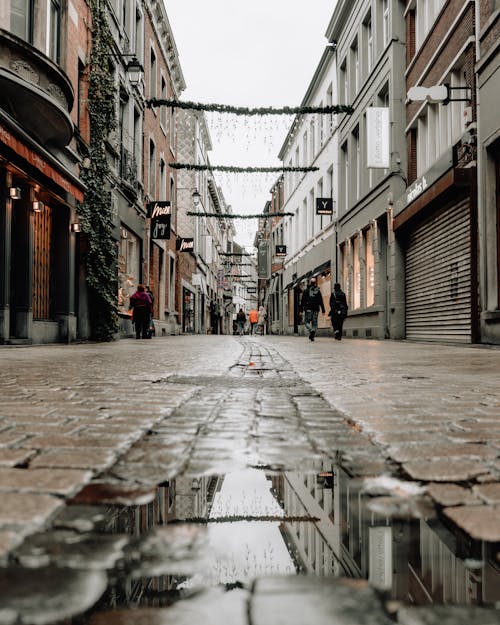The 4-Minute Rule for Framing Streets
Wiki Article
Framing Streets - The Facts
Table of ContentsFraming Streets Can Be Fun For AnyoneThe 4-Minute Rule for Framing StreetsThe Basic Principles Of Framing Streets The smart Trick of Framing Streets That Nobody is Talking AboutThe smart Trick of Framing Streets That Nobody is DiscussingThe Only Guide for Framing Streets
Photography style "Crufts Pet dog Show 1968" by Tony Ray-Jones Street photography (additionally often called honest photography) is photography carried out for art or questions that features unmediated possibility experiences and random incidents within public locations, usually with the objective of catching photos at a definitive or emotional minute by cautious framework and timing. 
, that was motivated to undertake a comparable documents of New York City. As the city established, Atget assisted to advertise Parisian streets as a deserving subject for photography.

Rumored Buzz on Framing Streets
The principal Mass-Observationists were anthropologist Tom Harrisson in Bolton and poet Charles Madge in London, and their very first record was created as guide "May the Twelfth: Mass-Observation Day-Surveys 1937 by over two hundred onlookers" [] Window cleaner at Kottbusser Tor, Berlin, by Elsa Thiemann c. 1946 The post-war French Humanist School photographers located their topics on the street or in the bistro. Andre Kertesz.'s widely appreciated Images la Sauvette (1952) (the English-language edition was titled The Definitive Minute) advertised the concept of taking an image at what he termed the "decisive moment"; "when kind and content, vision and composition combined into you could check here a transcendent whole" - Street photography hashtags.The 3-Minute Rule for Framing Streets
The recording machine was 'a surprise cam', a 35 mm Contax hidden below his layer, that was 'strapped to the upper body and attached to a lengthy wire strung down the best sleeve'. His work had little contemporary effect as due to Evans' level of sensitivities concerning the creativity of his task and the privacy of his topics, it was not published up until 1966, in the publication Several Are Called, with an introduction written by James Agee in 1940.Helen Levitt, after that an instructor of kids, linked with Evans in 193839. She documented the temporal chalk drawings - photography presets that belonged to children's road culture in New York at the time, in addition to the kids that made them. In July 1939, Mo, MA's brand-new digital photography area included Levitt's work in its inaugural eventRobert Frank's 1958 publication,, was significant; raw and usually indistinct, Frank's pictures examined traditional photography of the moment, "tested all the official rules put down by Henri Cartier-Bresson and Pedestrian Evans" and "contradicted the wholesome pictorialism and genuine photojournalism of American magazines like LIFE and Time".
Report this wiki page